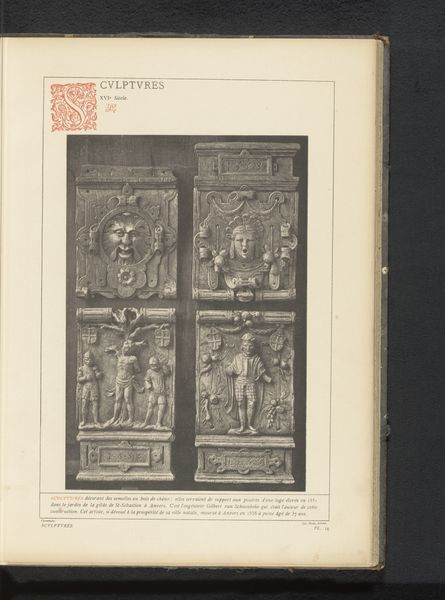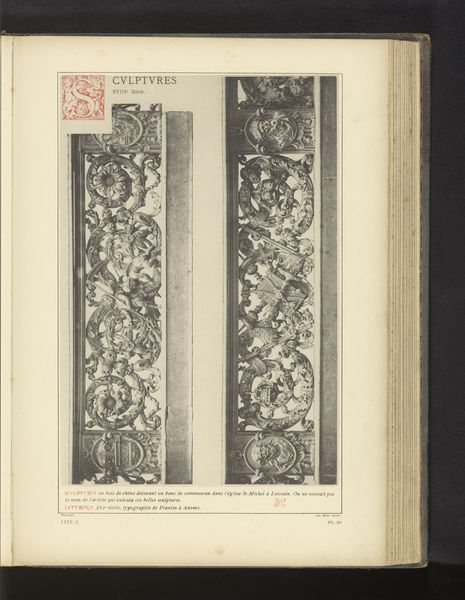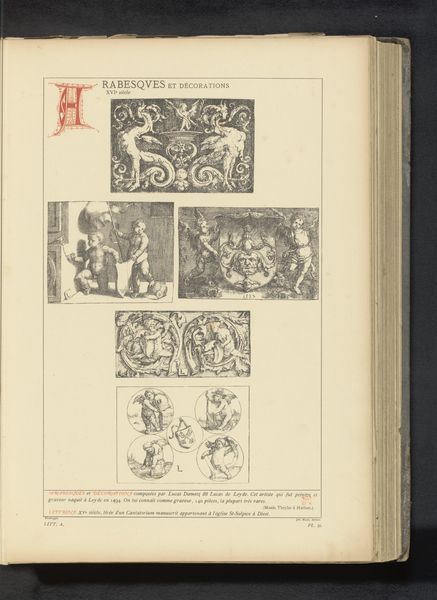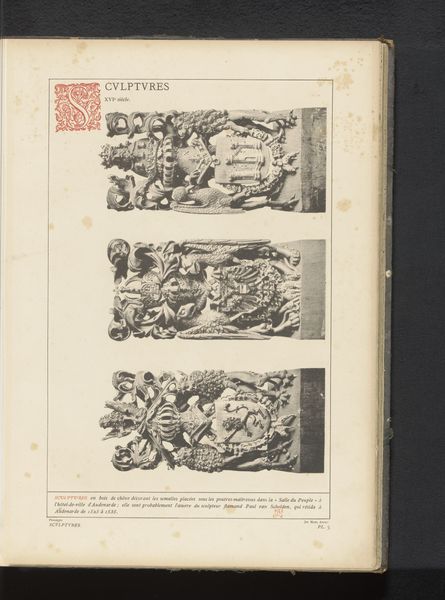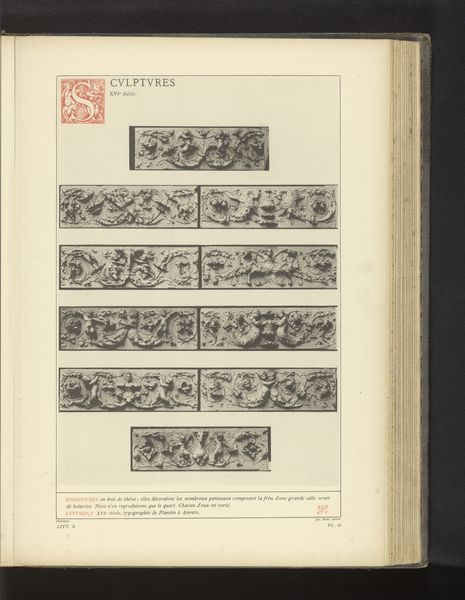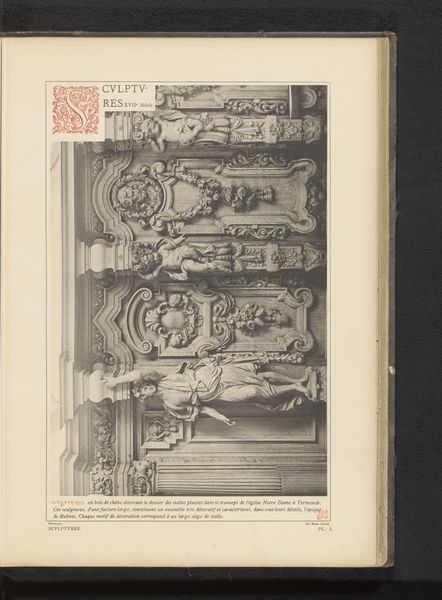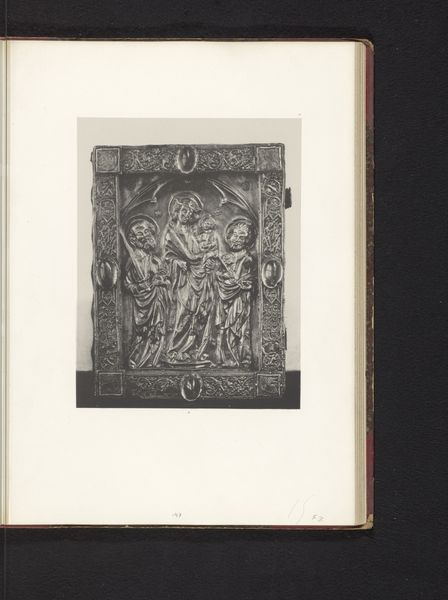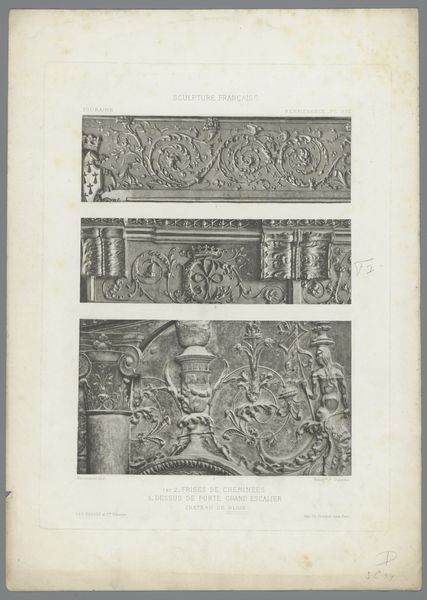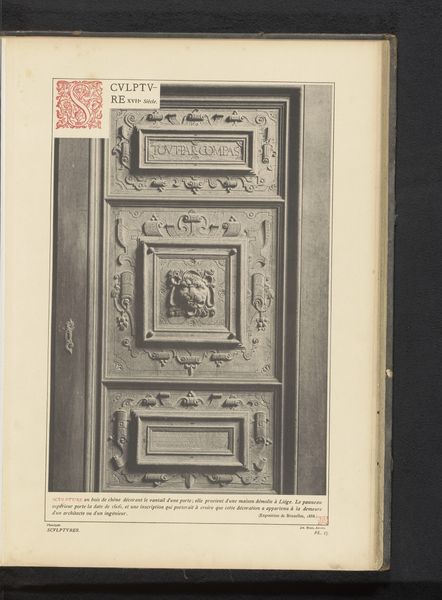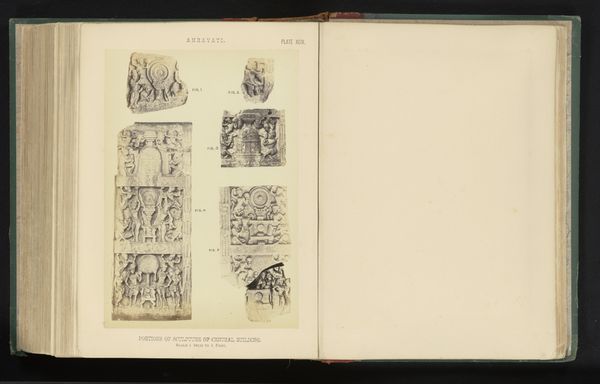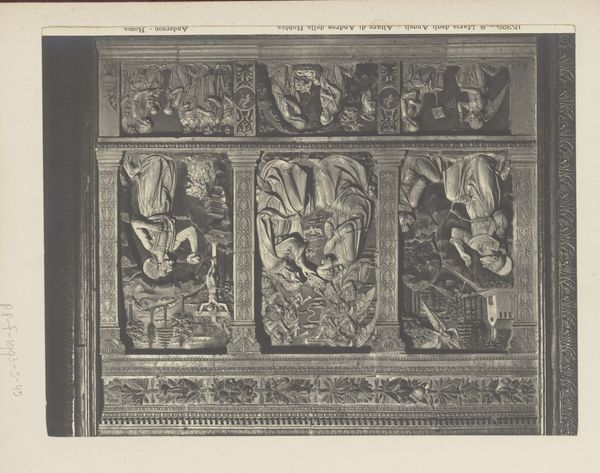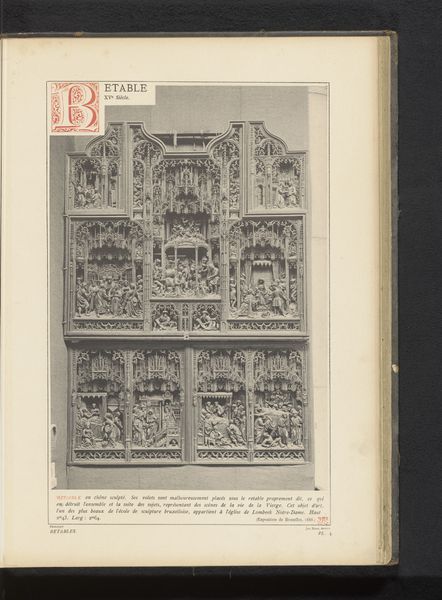
print, sculpture, engraving
#
medieval
# print
#
sculpture
#
history-painting
#
engraving
Dimensions: height 341 mm, width 233 mm
Copyright: Rijks Museum: Open Domain
These fragments of an alabaster jubee, of unknown date and maker, testify to the rich artistic traditions of the past. Alabaster, a soft and workable stone, was favored for intricate carvings such as these. Consider how the material itself influences the artwork's appearance. Its inherent qualities of fine grain and translucence allow for delicate details and a subtle play of light and shadow. The carving process, involving skilled hands using chisels and other tools, imbued the stone with social and cultural significance. The creation of such a jubee demanded significant labor and expertise. The masons' guild would have regulated the training and standards of craftsmanship. This piece reflects the close relationship between artistic expression, skilled labor, and the prevailing social and economic structures. The importance of materials, making, and context is essential for understanding the full meaning of an artwork, challenging traditional distinctions between fine art and craft.
Comments
No comments
Be the first to comment and join the conversation on the ultimate creative platform.
